
Chris Power
Monday September 14 2009
The Guardian
--
What a strange bird Saki is. His stories, written between 1900 and his death at the Somme in 1916, bear the hallmarks of Oscar Wilde and Henry James, are as funny as Wilde, Wodehouse and Waugh, possess plotting exquisite enough to bear significant elaboration but rarely last longer than three pages, and are brought off with a wonderfully light touch, while presenting a disturbingly chilling portrait of humankind.
Hector Hugh Munro's pen-name refers either to the cupbearer in the Rubáiyát of Omar Khayyam, which is spoken of disparagingly in more than one of his stories, or a type of South American monkey. I prefer to think it was the latter: not only did Saki have an abiding love for animals, but his mischievousness and capability for sudden viciousness are traits that seem, at least to my limited zoological knowledge, eminently monkey-like.
Saki's stories form a connective tissue between Oscar Wilde's 1890s and Evelyn Waugh's 1920s. His settings - garden parties, country house weekends and gentlemen's clubs - are typically Edwardian, but their wit, polished to a stunning brilliance, is underpinned by a satirical urge that is pitiless, and at times seemingly malicious.
Indeed, if Saki's talents for humour and plotting weren't so pronounced his fiction's procession of vapid hostesses, venal politicians, sour endings, macabre incidents and the blithely murderous could potentially make for a dismal repast. Instead, the world he renders is at once horrific, recognisably our own and yet for the most part a thoroughly enjoyable - or at least stimulating - one in which to linger.
What both appeals and repels in Saki's writing is his utter and absolute lack of sentiment, which makes his skewering of society thrillingly acerbic. But the feeling one has when reading the stories is that his characters are as nothing to him. If they do receive some sort of esteem from the author it's primarily because they prove themselves adept at exploiting the weaknesses of others. There are many arch and satirical writers in English letters, but few of them are as relentlessly cold as Saki.
After a short time spent as a policeman in Burma (footsteps in which George Orwell would later follow) and the publication of a history of Russia that no one read, Saki turned to fiction in 1900 with a series lampooning Westminster politicians (a habit he happily never grew out of). While his stories cover a wide range of subjects and styles, the two characters to whom he most often returns are Reginald, a controversy-loving, foppish libertine, and Clovis, a slightly more fleshed out variation on the theme.
These two characters and their companions, particularly Bertie van Tahn, whom you could easily imagine having just come from lunch with Bertie Wooster whenever he crosses the path of Clovis, operate in the Wodehousian mode. Through boredom they generate scrapes, or help others escape scrapes, and in the process some element of polite society or public morality is shown to be ludicrous.
It should be noted that Jeeves and Wooster didn't make their debut until 1917, the year after a sniper's bullet put an end to Munro in a shell crater, but to call Wodehouse's creations "Sakian" would, for reasons of reputation and literary fame, be perverse. There's every reason for Saki devotees to believe this might change, however. Firstly because anyone who loves Wodehouse and hasn't read Saki is missing a trick, and secondly because, as Will Self noted in a 2007 documentary, "Saki's stories are highly relevant to any society in which convention is confused with morality, and all societies confuse convention with morality, so he'll always be relevant."
Another thing that recommends Saki to the modern reader and perhaps explains why he remains somewhat obscure is his ability to shock. Nestling in the gloomier crevices of his work are macabre pieces the horror of which the century since their composition has done nothing to dilute. Some take straightforward domestic shape, such as The Reticence of Lady Anne, in which a put-upon husband tries to patch up an argument with his wife, not realising that she is sitting in stony silence because she is dead. Others, including the pagan-themed The Music on the Hill, appear to take their cues from Munro's near contemporary MR James.
Even when Saki is not writing explicitly "horrific" stories, however, the unease is present. His stories are more subtle variations on what William Burroughs, writing of Naked Lunch, described as the "frozen moment when everyone sees what is on the end of every fork". Or as VS Pritchett put it, "Saki writes like an enemy. Society has bored him to the point of murder. Our laughter is only a note or two short of a scream of fear."
--guardian.co.uk Copyright (c) Guardian News and Media Limited. 2009




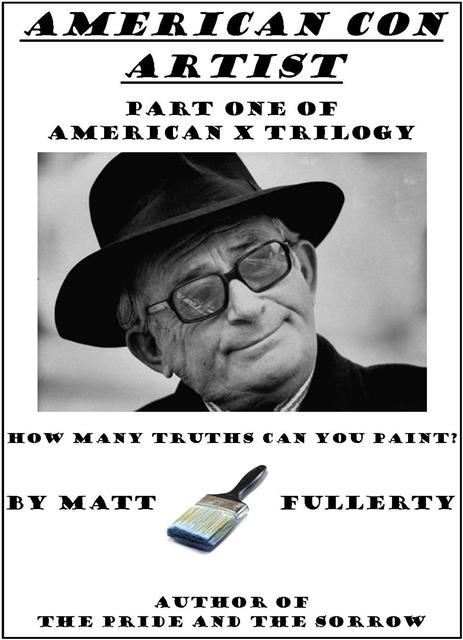cropped.jpg)
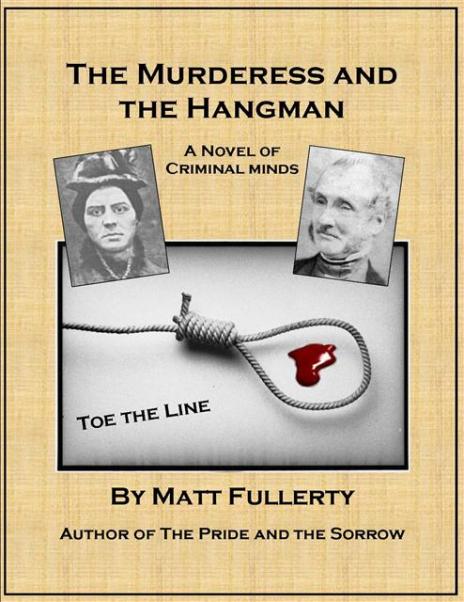.jpg)
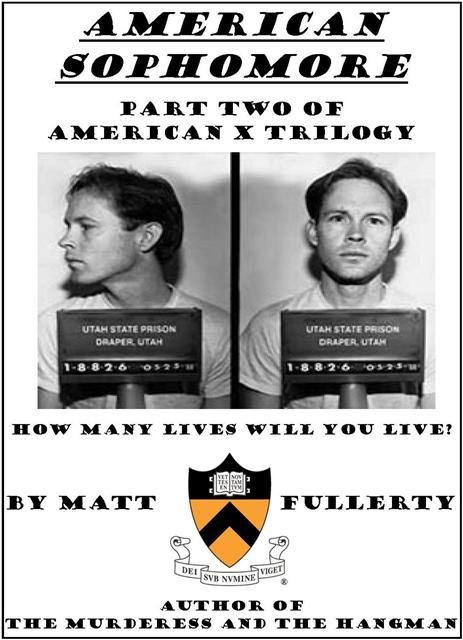cropped.jpg)
cropped.jpg)
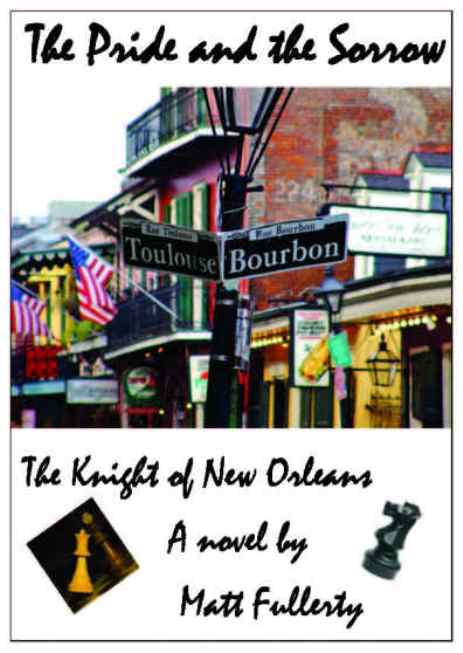2.jpg)
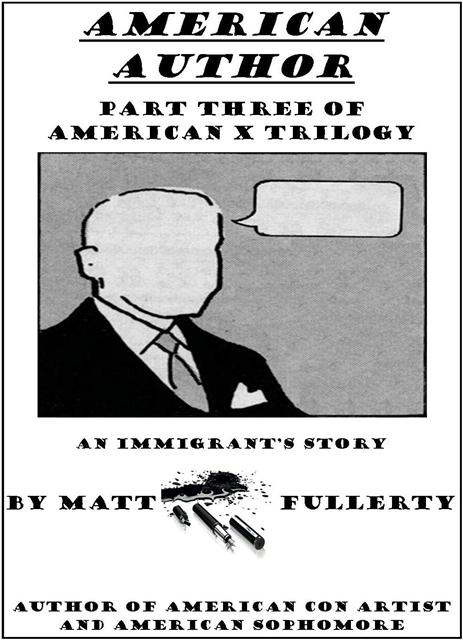Cropped.jpg)
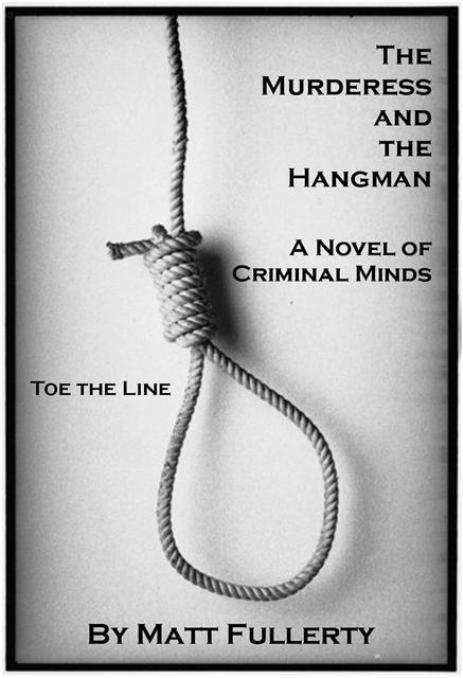cropped.jpg)
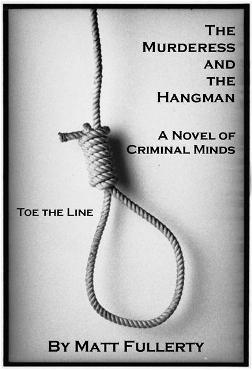4.jpg)






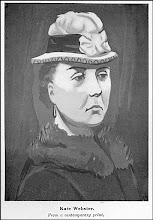
















No comments:
Post a Comment